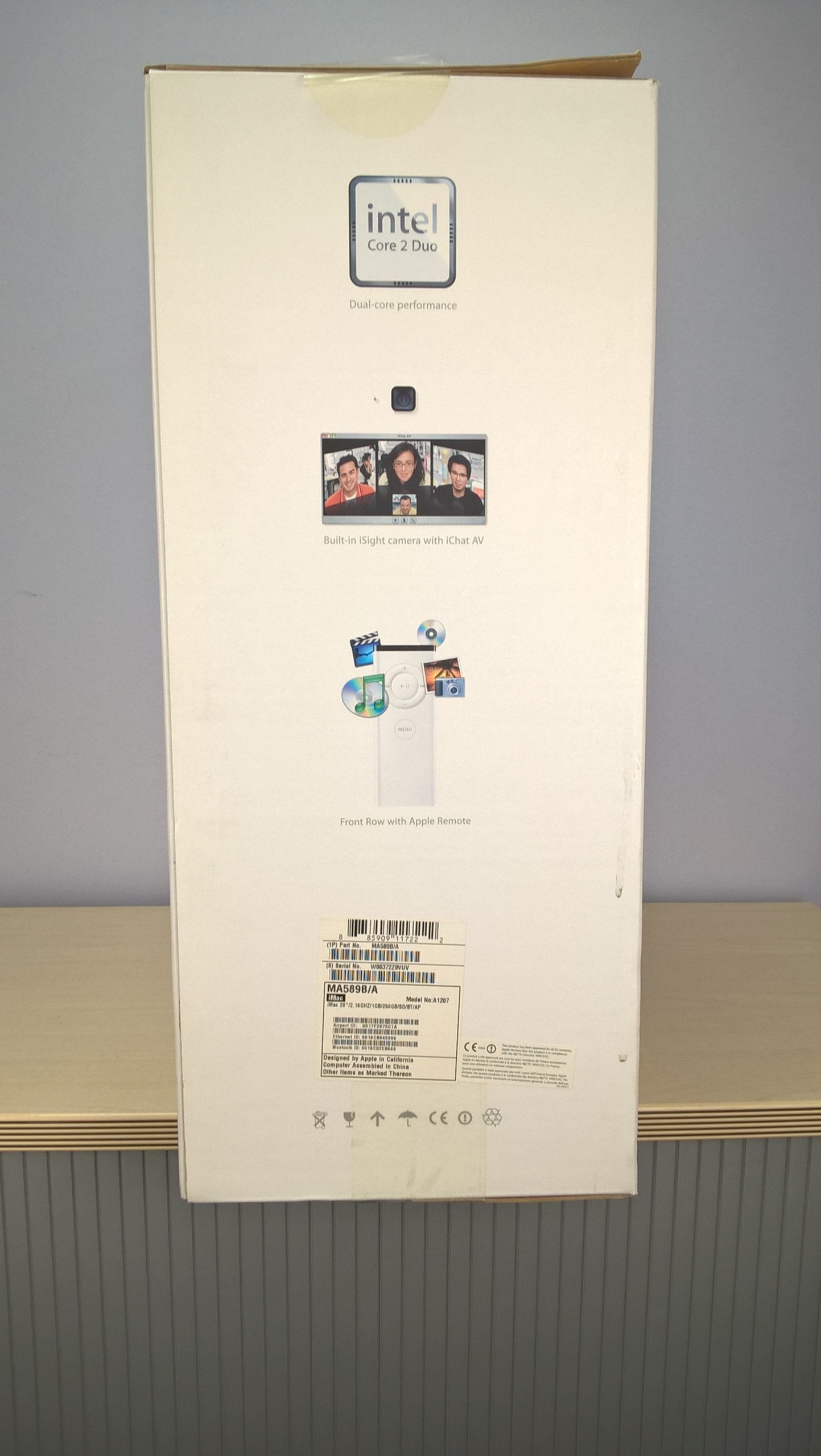The Unexpected Event: Is Someone Remote Accessing Your Laptop?
Not long ago, I experienced a bizarre and unsettling incident with my laptop that left me questioning my digital security. About 20 minutes ago, while I was preparing to sleep, I witnessed my laptop’s mouse cursor moving on its own. As you can imagine, this was quite alarming.
Having disconnected my laptop from the internet earlier, I was taken aback when I noticed the cursor navigating across the screen and opening a web browser. It wasn’t just a random occurrence; it operated with alarming precision, firing up tabs in both Opera GX and Microsoft Edge. Understanding how I could lose control like this left me in quite a state of panic.
To rule out any possible explanations, I immediately checked my Bluetooth settings to ensure my mouse wasn’t inadvertently connected, but it was completely turned off. The logical explanation, it seemed, pointed to the possibility of someone remotely accessing my computer.
If you’ve ever found yourself in a similar situation, you may wonder how to safeguard your laptop against potential remote intrusion. Here are a few steps to consider:
-
Disconnect from the Internet: If you suspect active remote access, the first and most immediate action is to disconnect your device from the internet. This can help prevent further access.
-
Scan for Malware: Once it’s safe, reconnect your laptop to the internet temporarily to install a reliable antivirus or anti-malware software, such as Malwarebytes. Running a thorough scan can help identify and eliminate any malicious software present on your system.
-
Check Security Settings: Review your firewall settings and ensure they are properly configured. Make sure your operating system and all applications are updated, as these updates often patch vulnerabilities.
-
Change Passwords: If you have suspicions of unauthorized access, change your passwords for any sensitive accounts, particularly your email and banking information.
-
Monitor for Strange Activity: Keep an eye on your laptop for any unusual behavior or activities that could indicate ongoing access. Consider enabling additional security measures like two-factor authentication for your accounts.
In the ever-evolving landscape of cybersecurity threats, staying vigilant and informed is key. If you find yourself in a situation like mine, don’t hesitate to take necessary precautions to ensure your digital safety. By taking proactive steps, you can regain control and protect your private information effectively.
Share this content:



